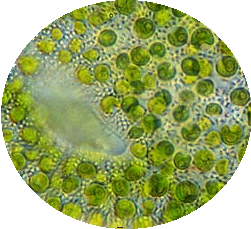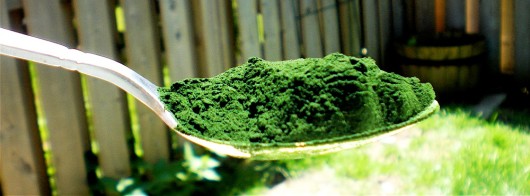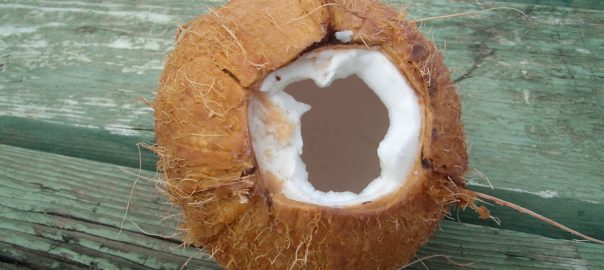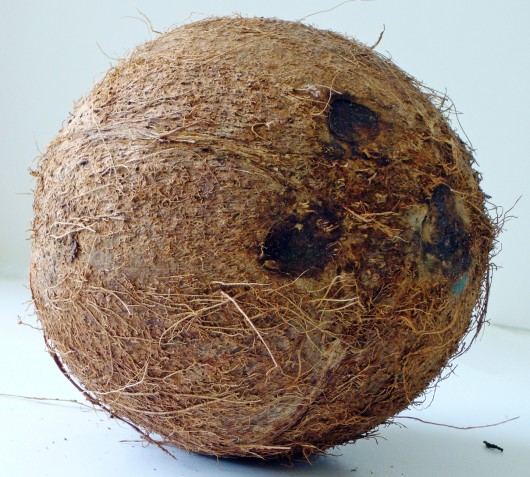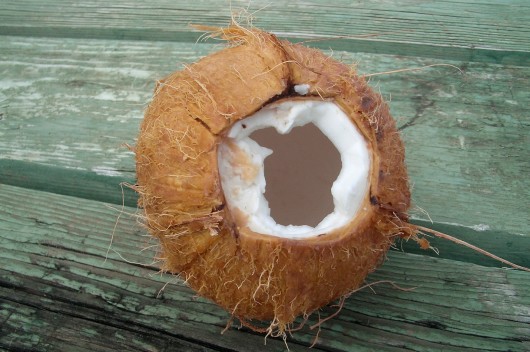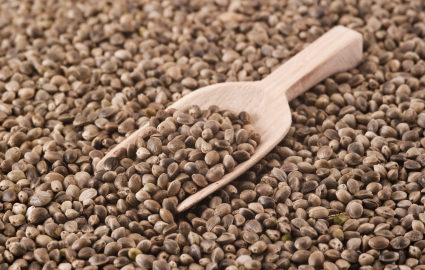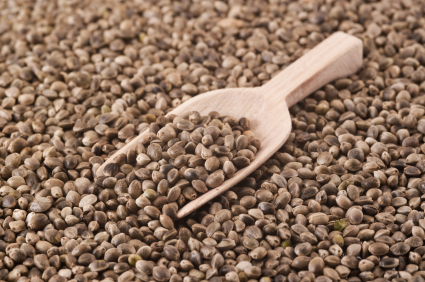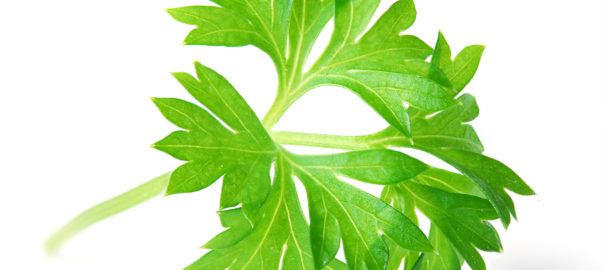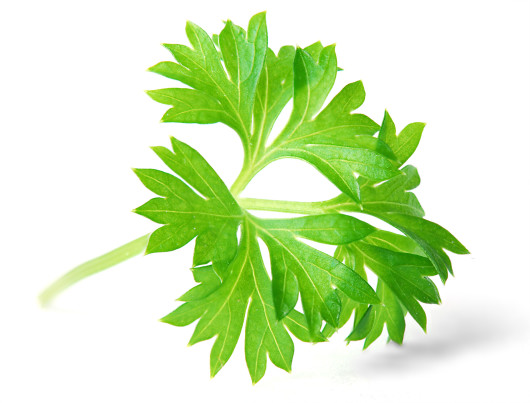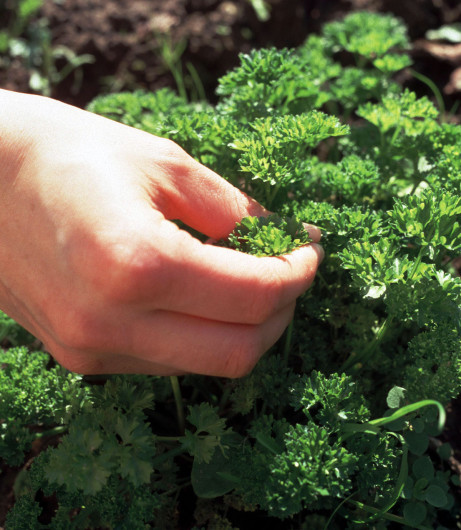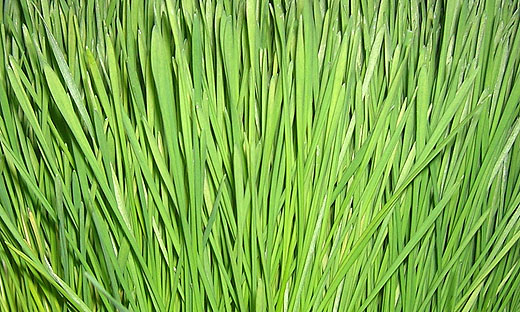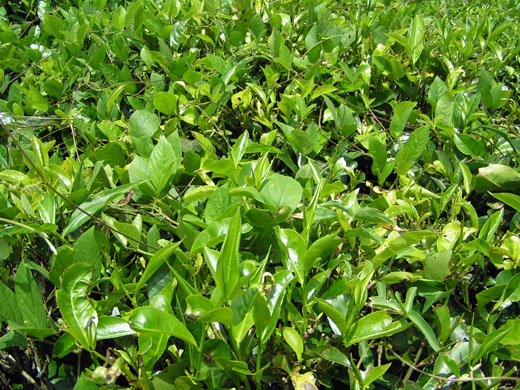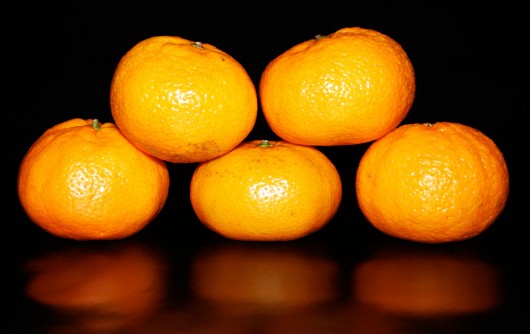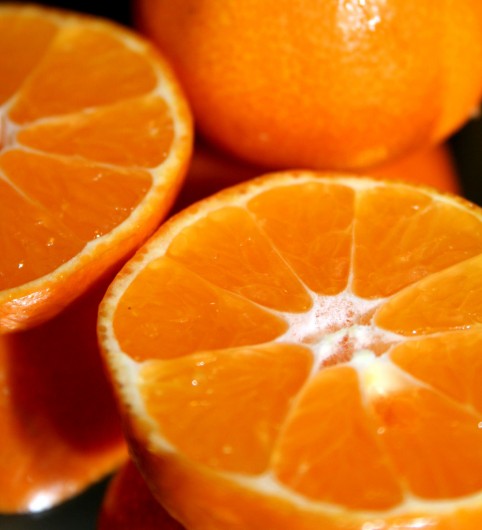Chlorella: A Superfood With Endless Potential
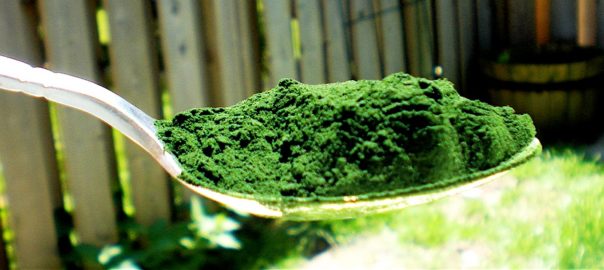
What is Chlorella?
Chlorella is a type of single-celled algae that contains the largest amount of chlorophyll of any plant on Earth. It grows in fresh water and is capable of quickly multiplying itself using a process that requires only sunlight, carbon dioxide, water and minerals. Scientists believe that Chlorella has been around for over 2 billion years, thanks to its simple and easy to sustain life pattern. The name “chlorella” is derived from the Greek words “ella” and “chloros,” which together mean “small green.”
Why is Chlorella Considered a Superfood?
Chlorella contains all of the amino acids required by the body, as well as a good amount of essential fatty acids and other nutrients. The vitamins and minerals that can be found in chlorella are folic acid, calcium, potassium, magnesium, B vitamins, vitamin C, vitamin A, vitamin E, phosphorous, and many more. On top of all this, chlorella also contains a special phytonutrient called Chlorella Growth Factor (CGF). CGF is what allows chlorella to reproduce itself at such a rapid rate, and it is also demonstrating the potential to revitalize cells within the human body. Researchers are discovering that CGF may be able to help the body remove impurities and enhance the strength of the cells.
What Else Can Chlorella Do For The Human Body?
Aside from the obvious good things that come from ingesting any nutrient-dense food, Chlorella can help the body in a number of other ways. In Asian countries, Chlorella has been used as an energy-booster for many centuries, but it is only now being discovered that it can help to lower cholesterol. In a Japanese study, 16 high-cholesterol patients were given 20 chlorella tablets a day for twelve weeks. At the end of the study, all of the patients experienced a drop in their cholesterol levels. Chlorella may also be capable of promoting healthy blood pressure and more relaxed arteries.
Another way that chlorella can help the human body is by encouraging the growth of healthy bacteria within the digestive system. Unhealthy gut flora can contribute to a number of diseases, including ulcerative colitis, celiac disease, food sensitivities, depression and a poor immune system. Chlorella can help by stimulating the growth of lacto-bacilli, a type of bacteria necessary for properly functioning intestines.
Perhaps most importantly, chlorella has the potential to help cancer patients, especially those who are undergoing radiation or chemotherapy. The nutrients in chlorella can possibly protect white blood cells from chemotherapy-induced problems and sooth the lining of the stomach, which can sometimes become damaged during cancer treatment. It can also aid digestion, guard against DNA damage due to radiation treatment, reduce the unpleasant side-effects of chemotherapy and even help the tissues in the body to repair faster, something that cancer patients desperately need.
What is The Best Way to Take Chlorella Daily?
There are a number of exciting and fun ways that you can introduce chlorella into your diet. The common form of chlorella is powder. You can try adding this powder to salad dressings, sprinkling it on top of a freshly cooked stir fry, mixing it into mashed potatoes or scrambling it with your morning eggs. For an even simpler approach, consider starting your day with a green chlorella smoothie. A banana, a few slices of pineapple, a handful of your favorite berries and a heaping spoonful of chlorella powder will blend into a delicious and nutritious dark green health shake that will be sure to give you energy throughout your work day.
Even though you use the powder in small amounts it can give a bit of taste to the foods so if you don’t like that consider taking chlorella in tablet form. 2-4 tablets a day in a morning with some water and you are ready to go..no taste, no fuss.
